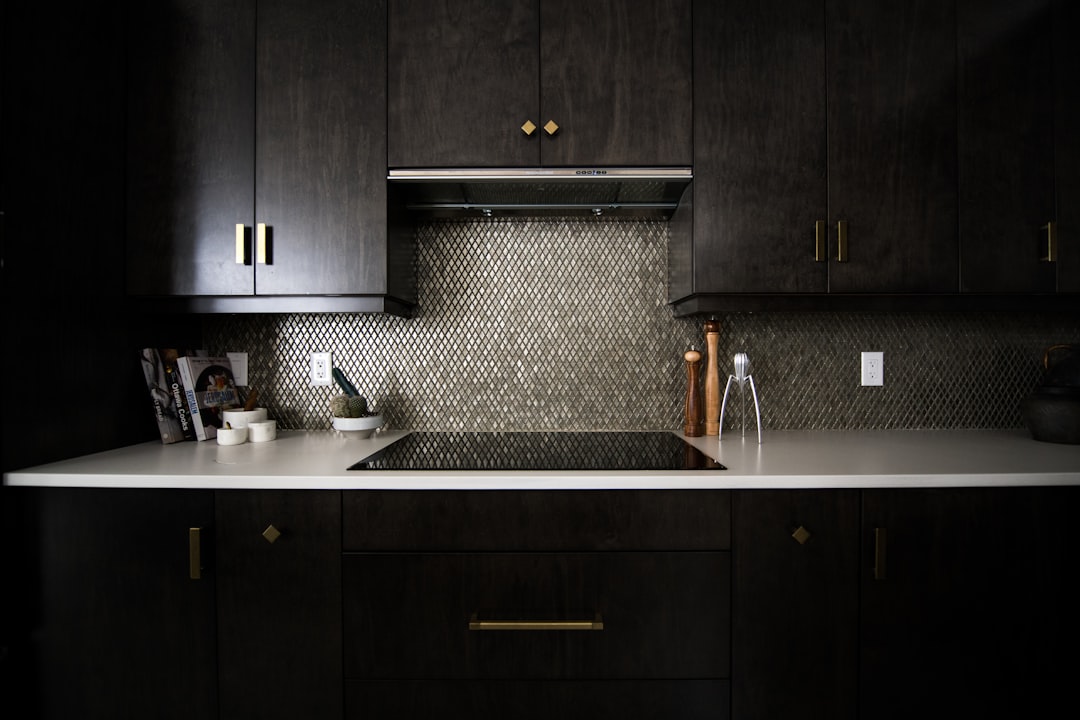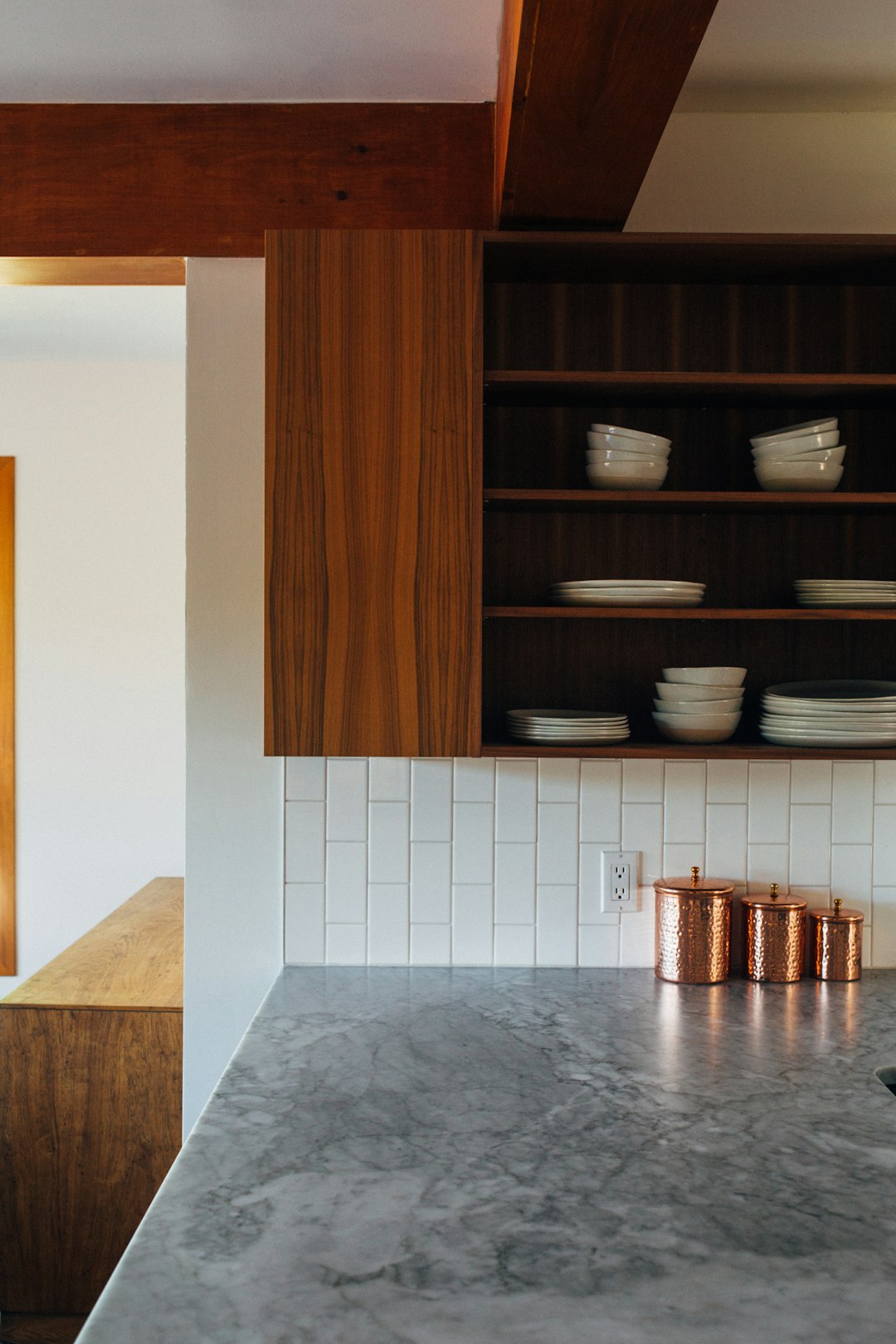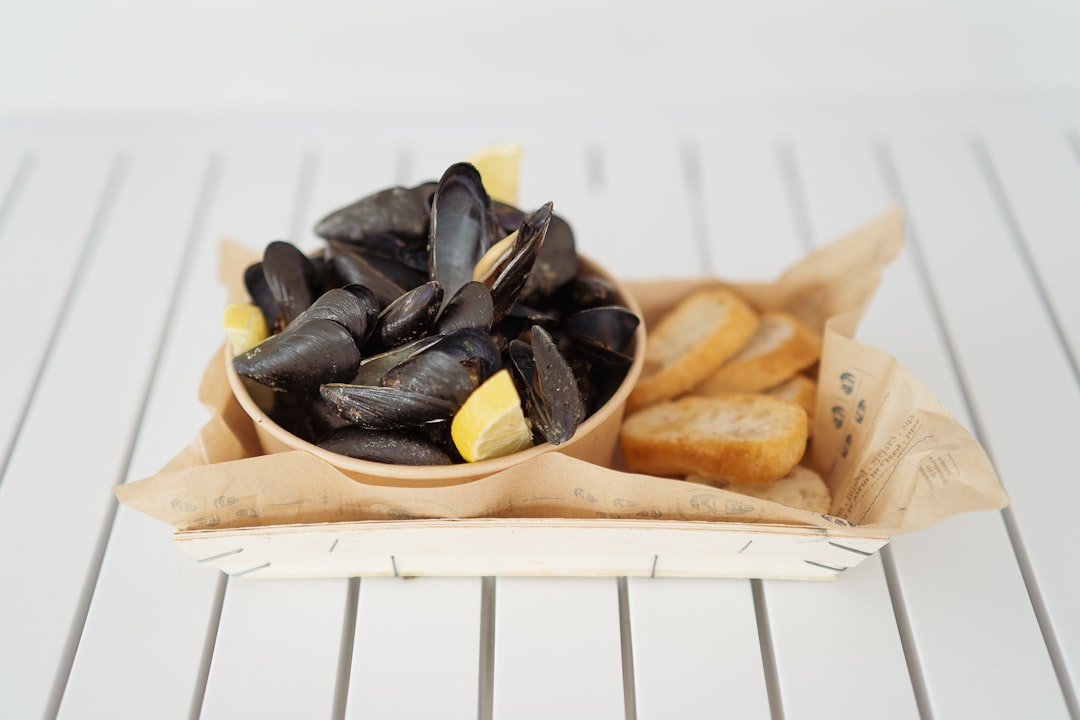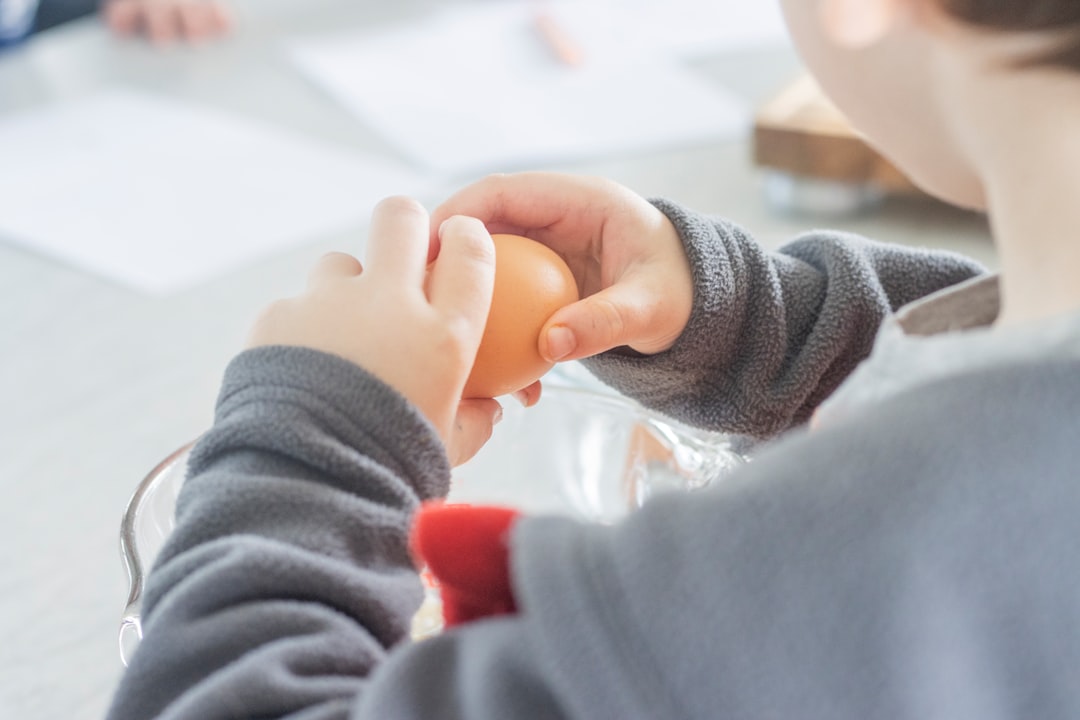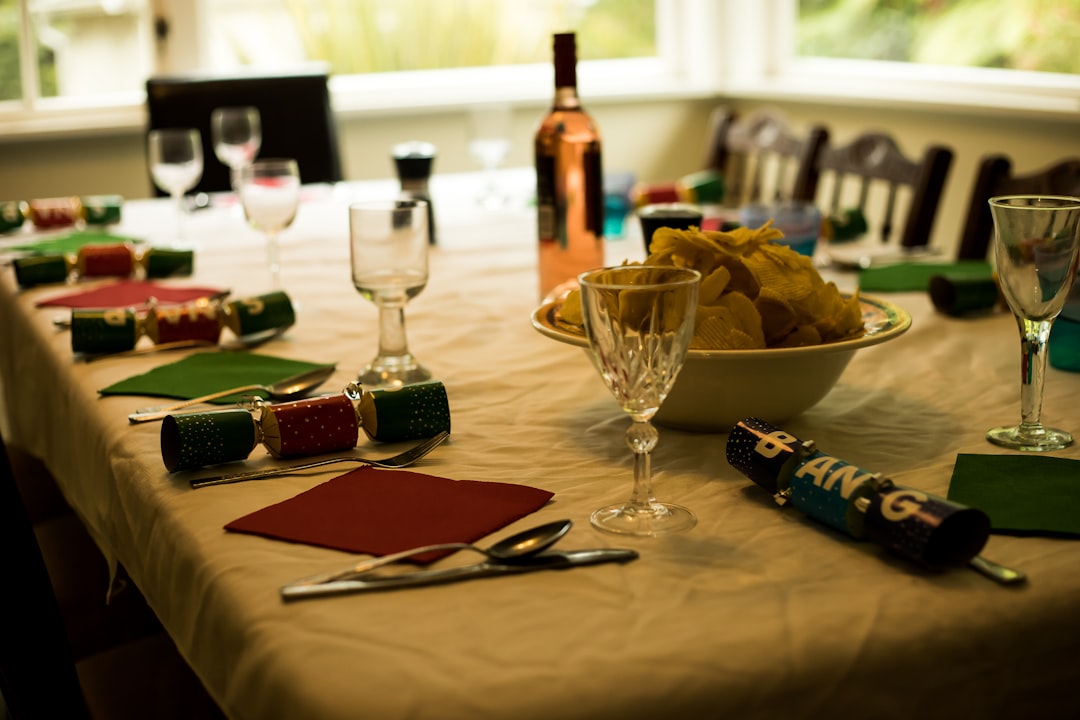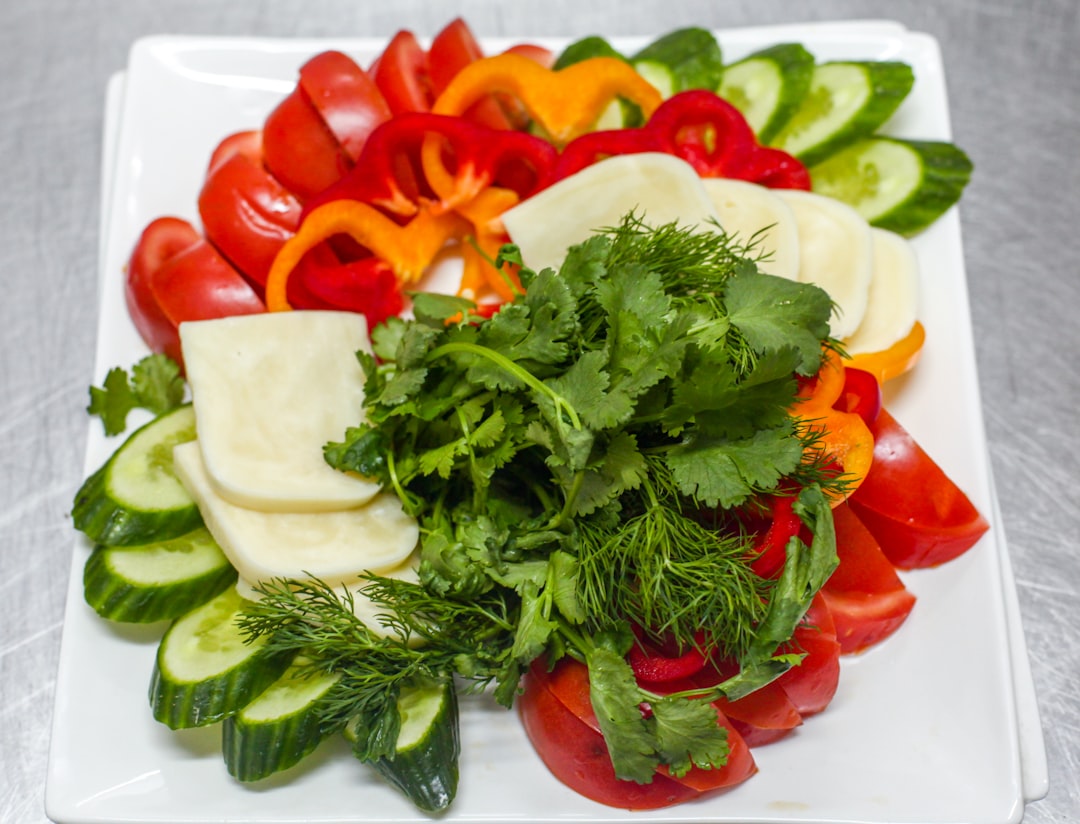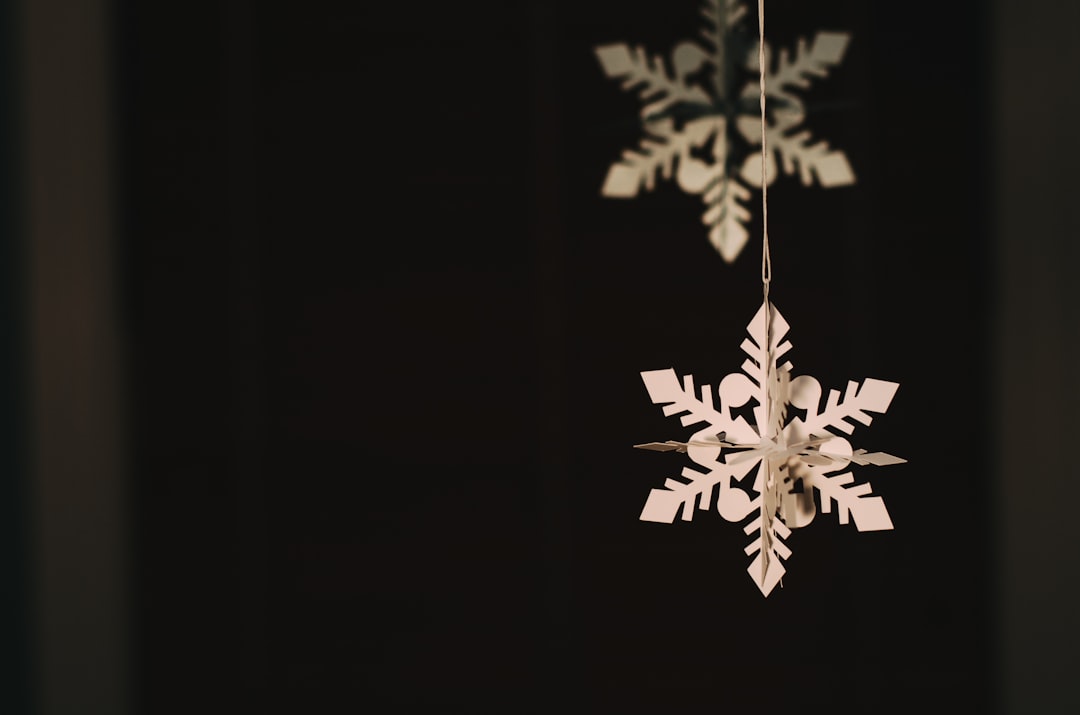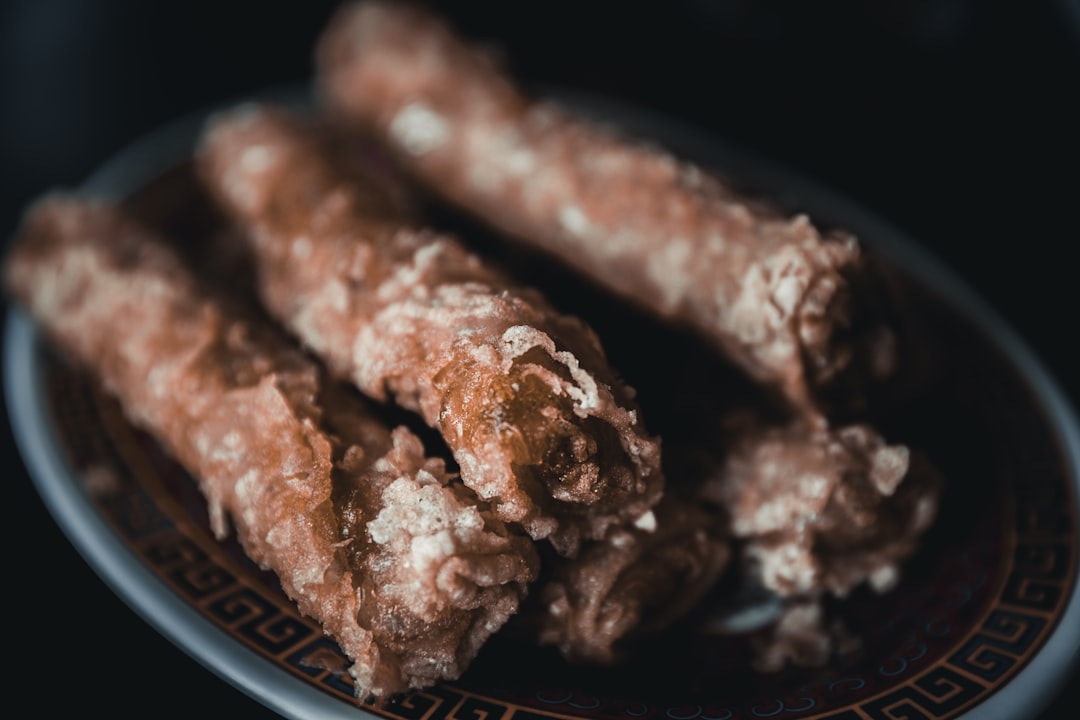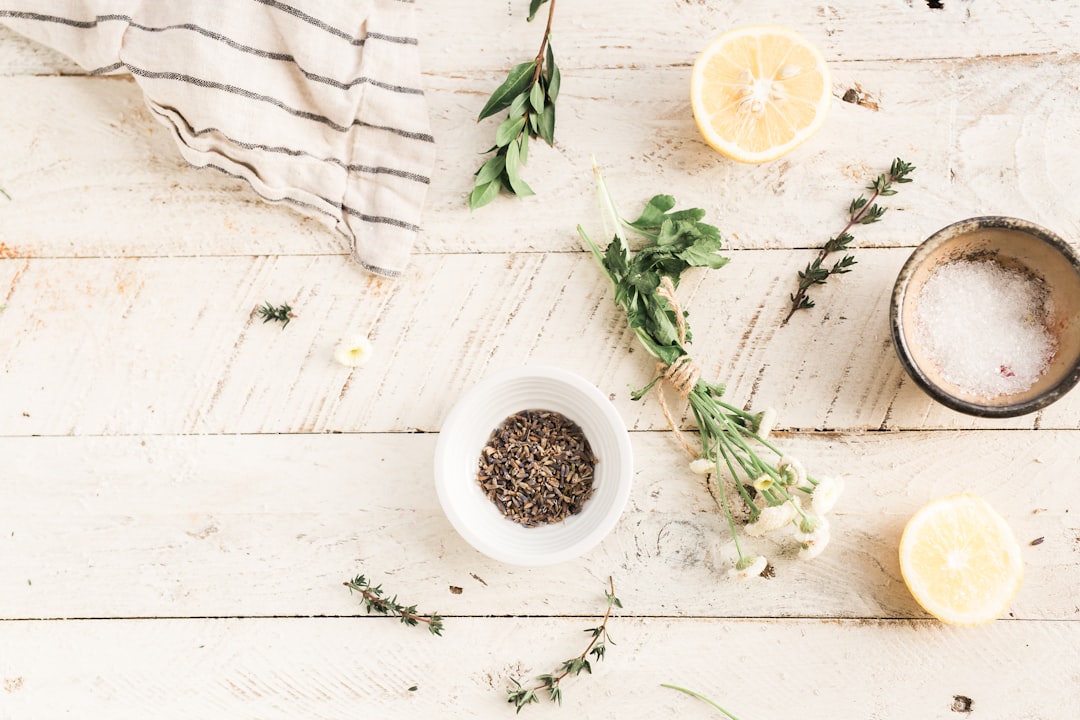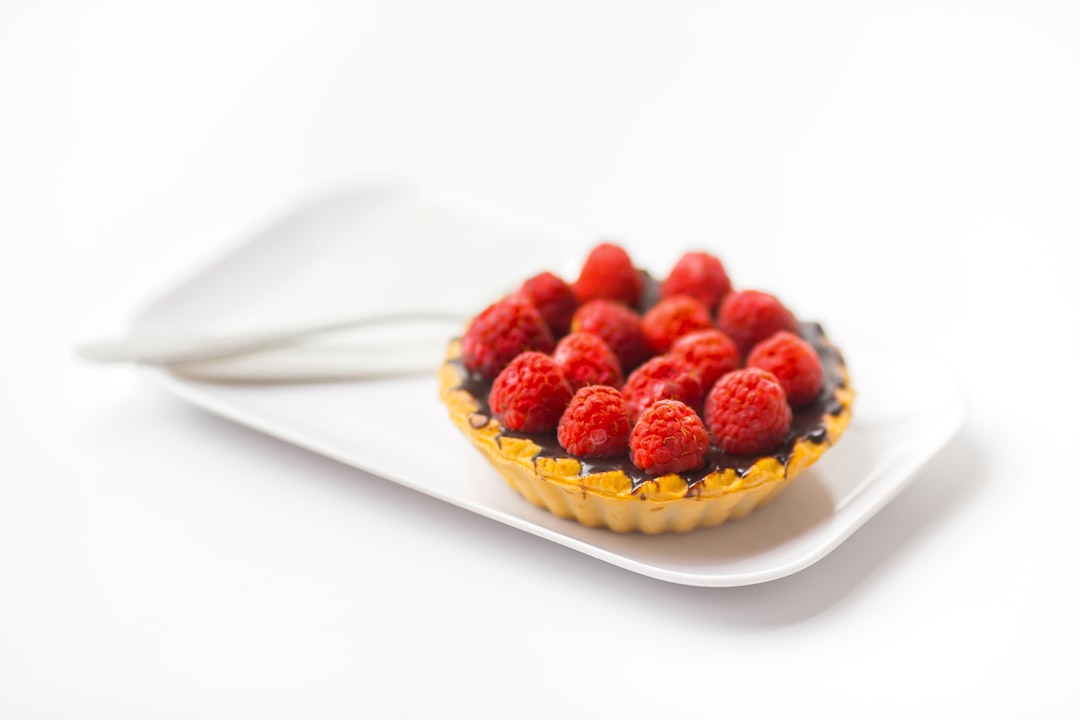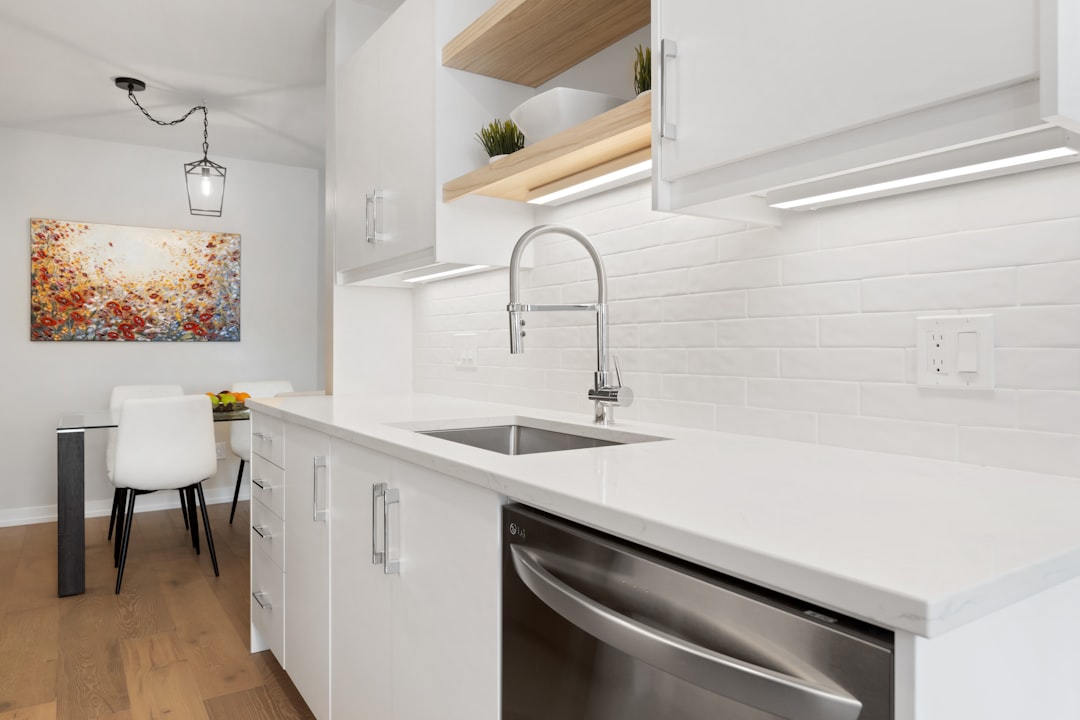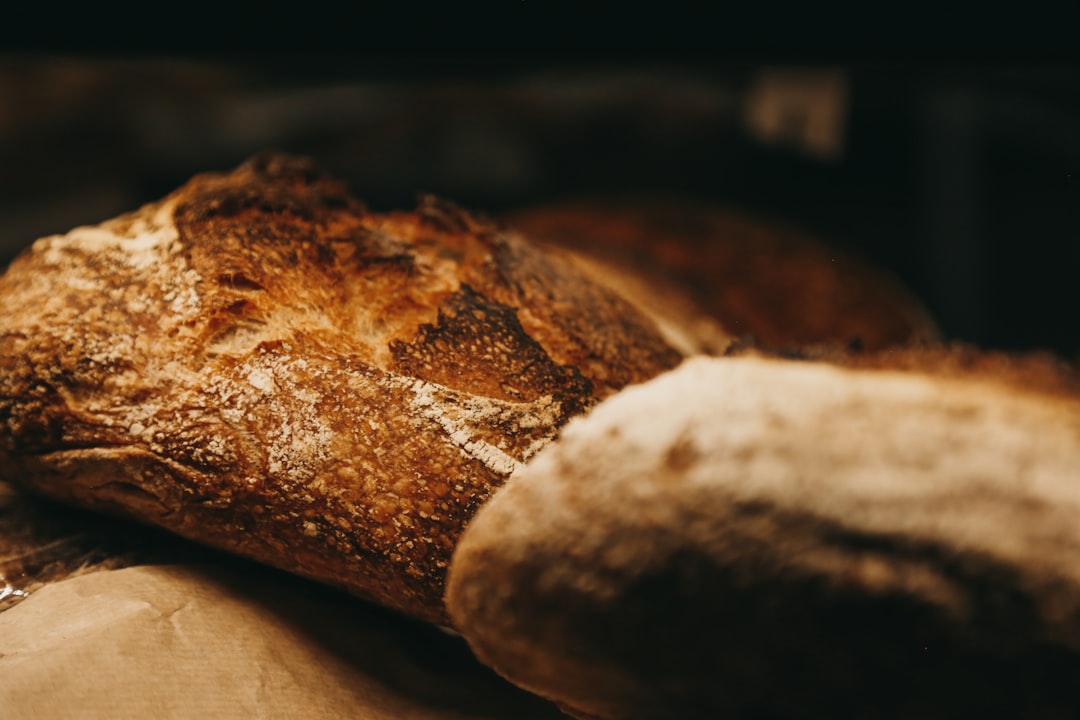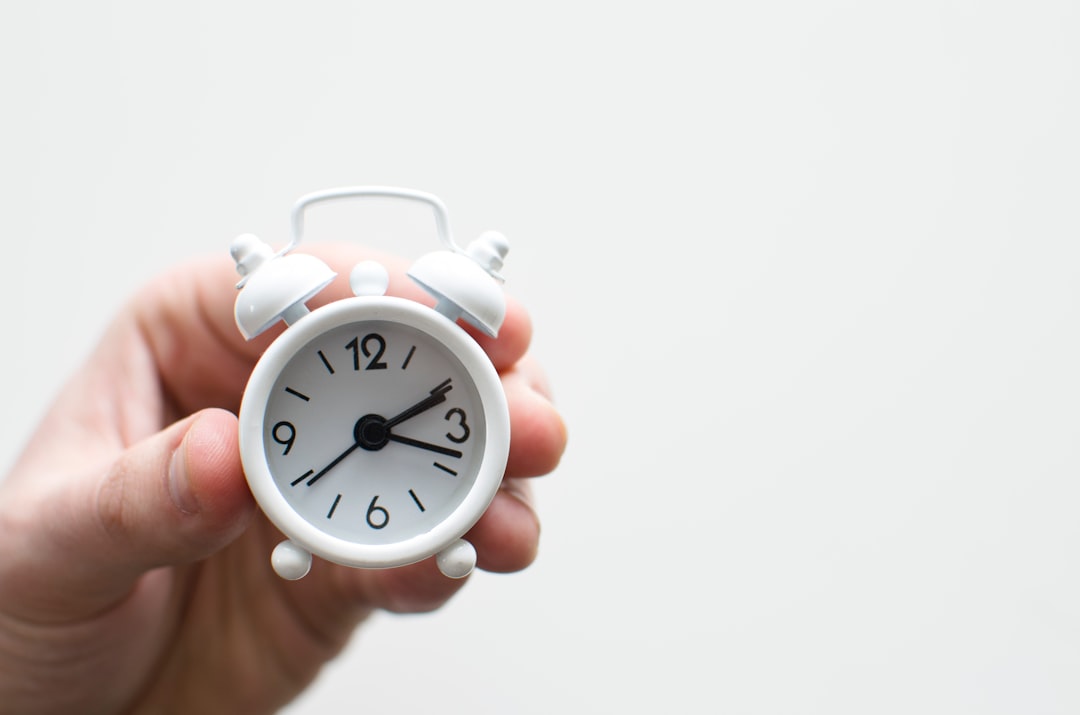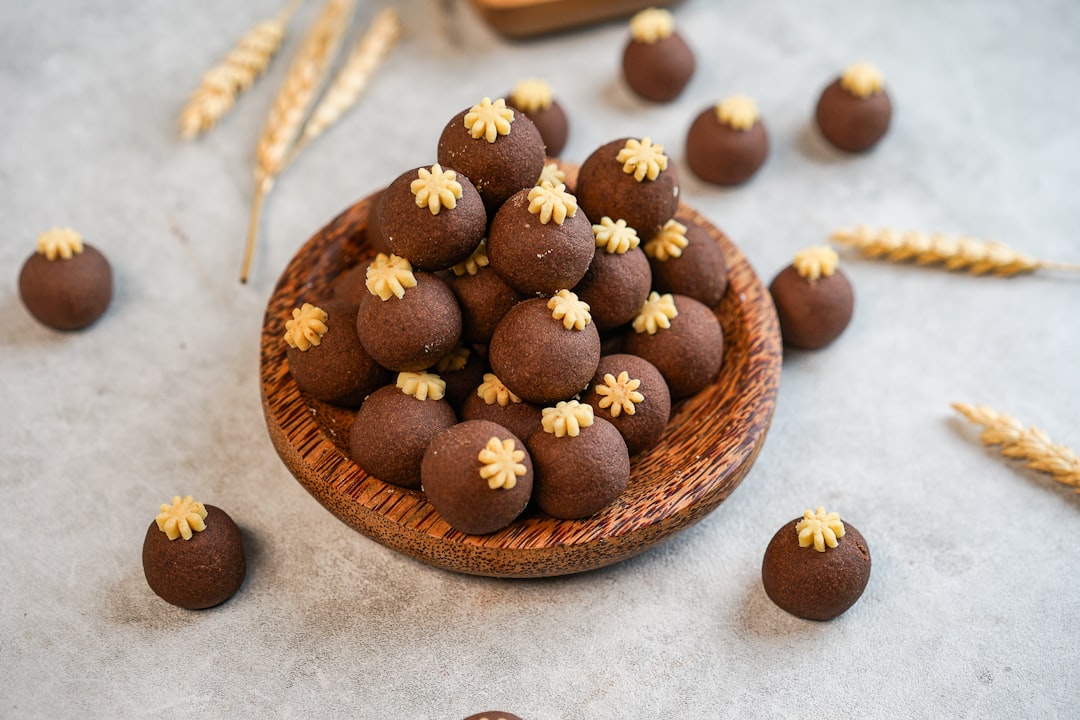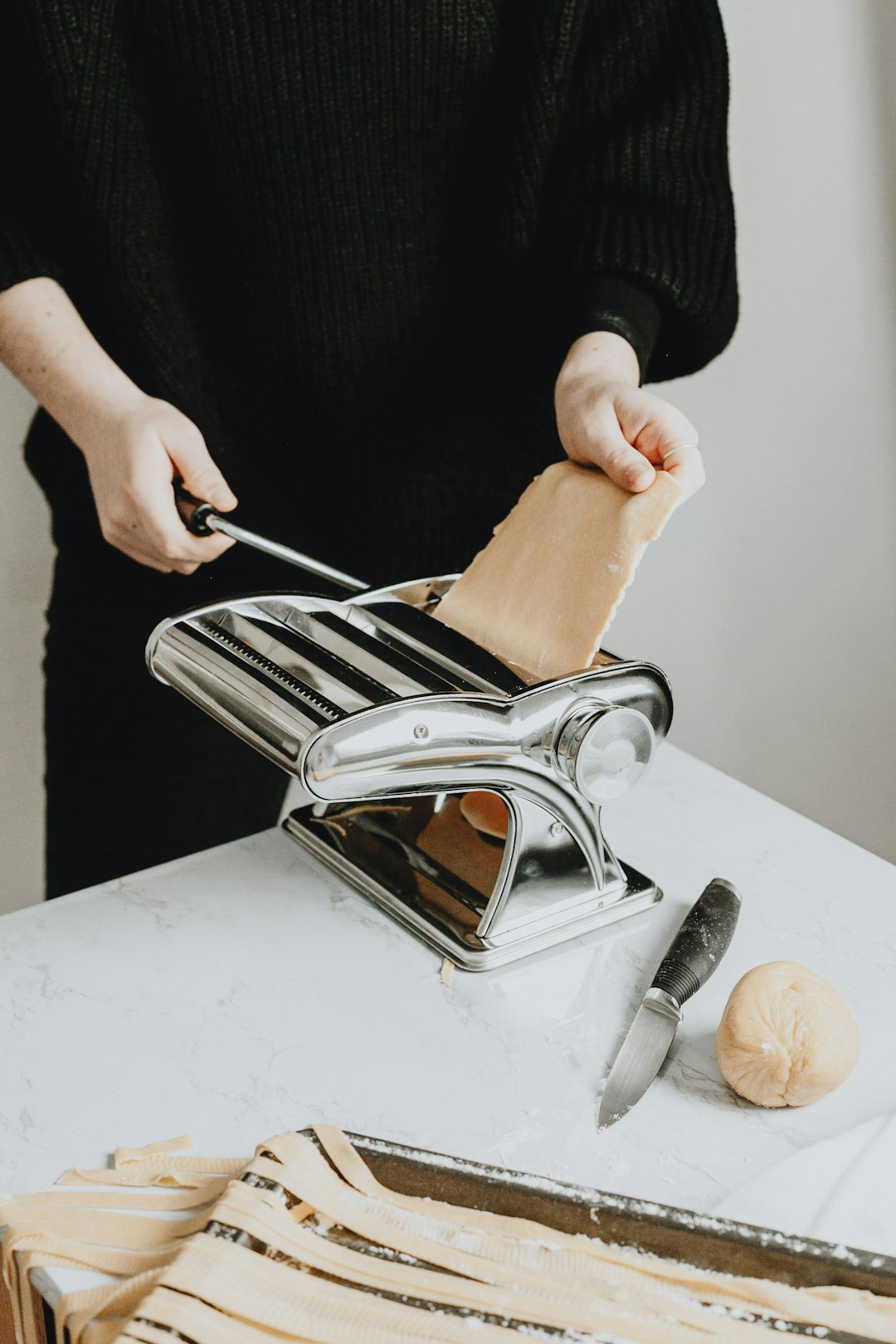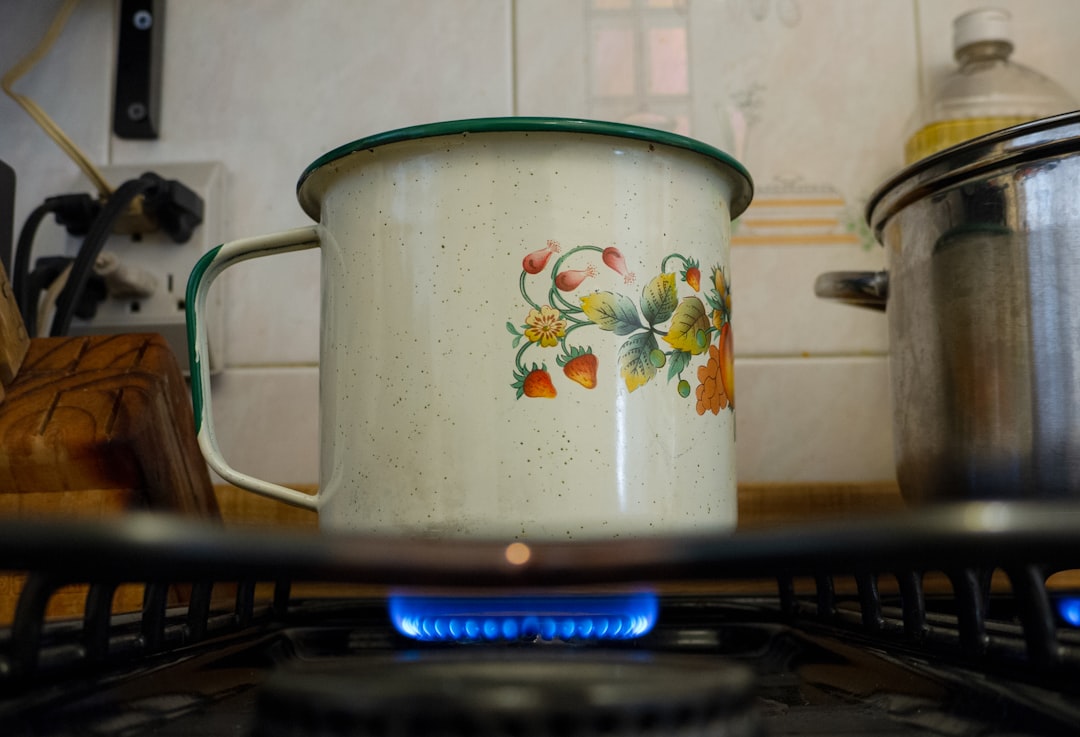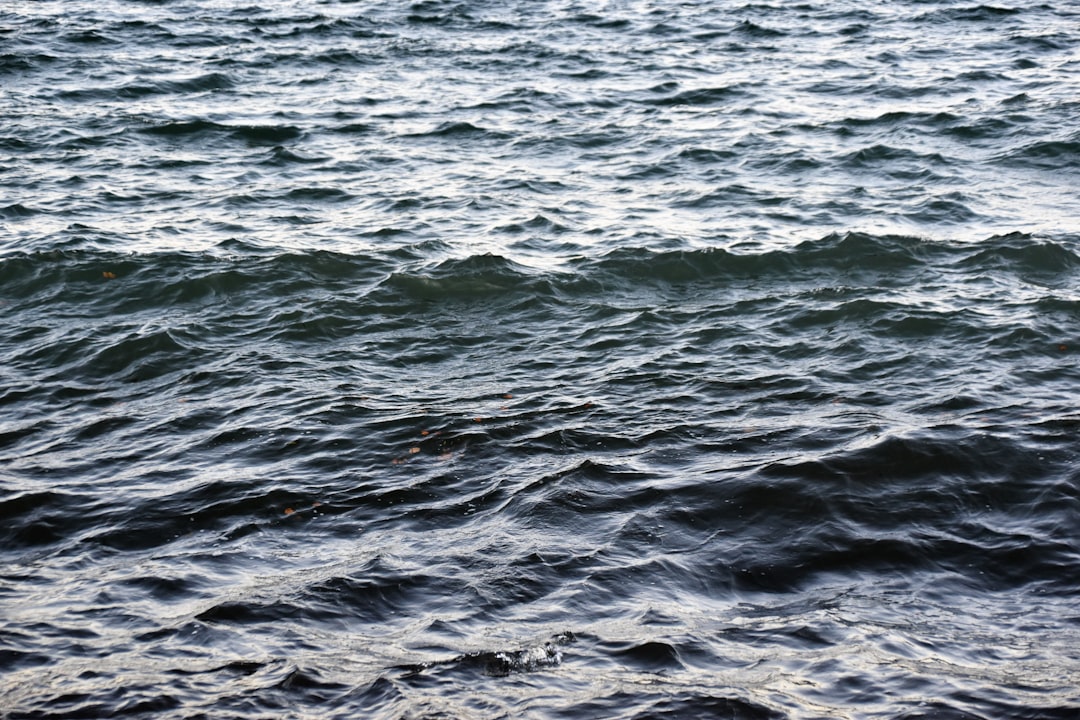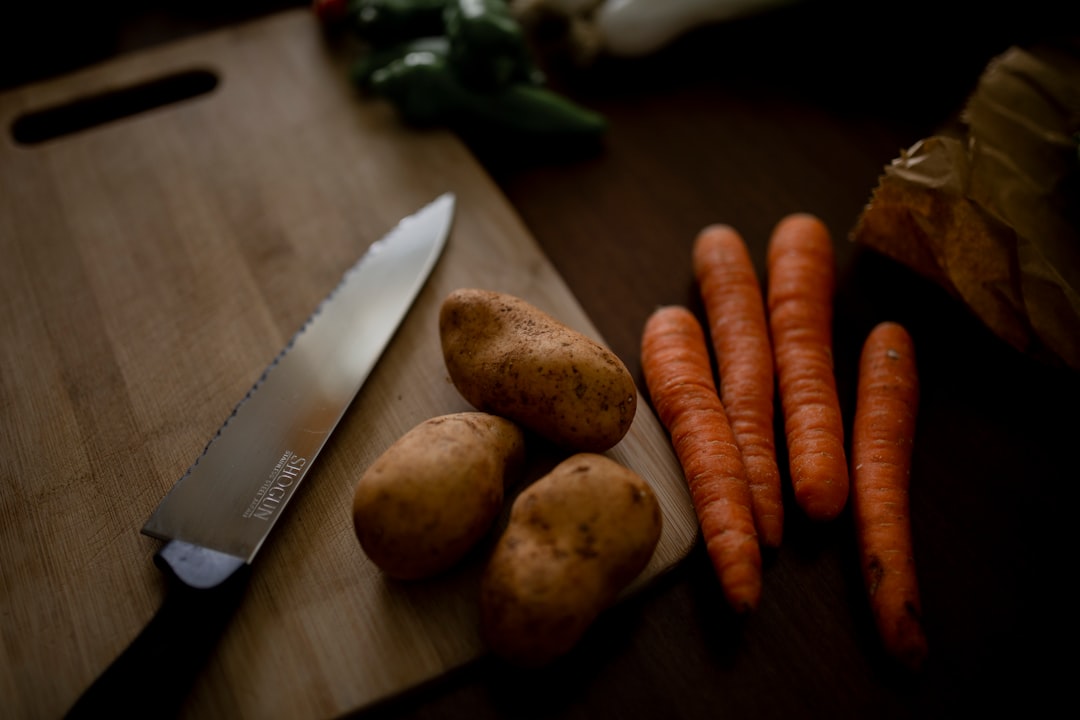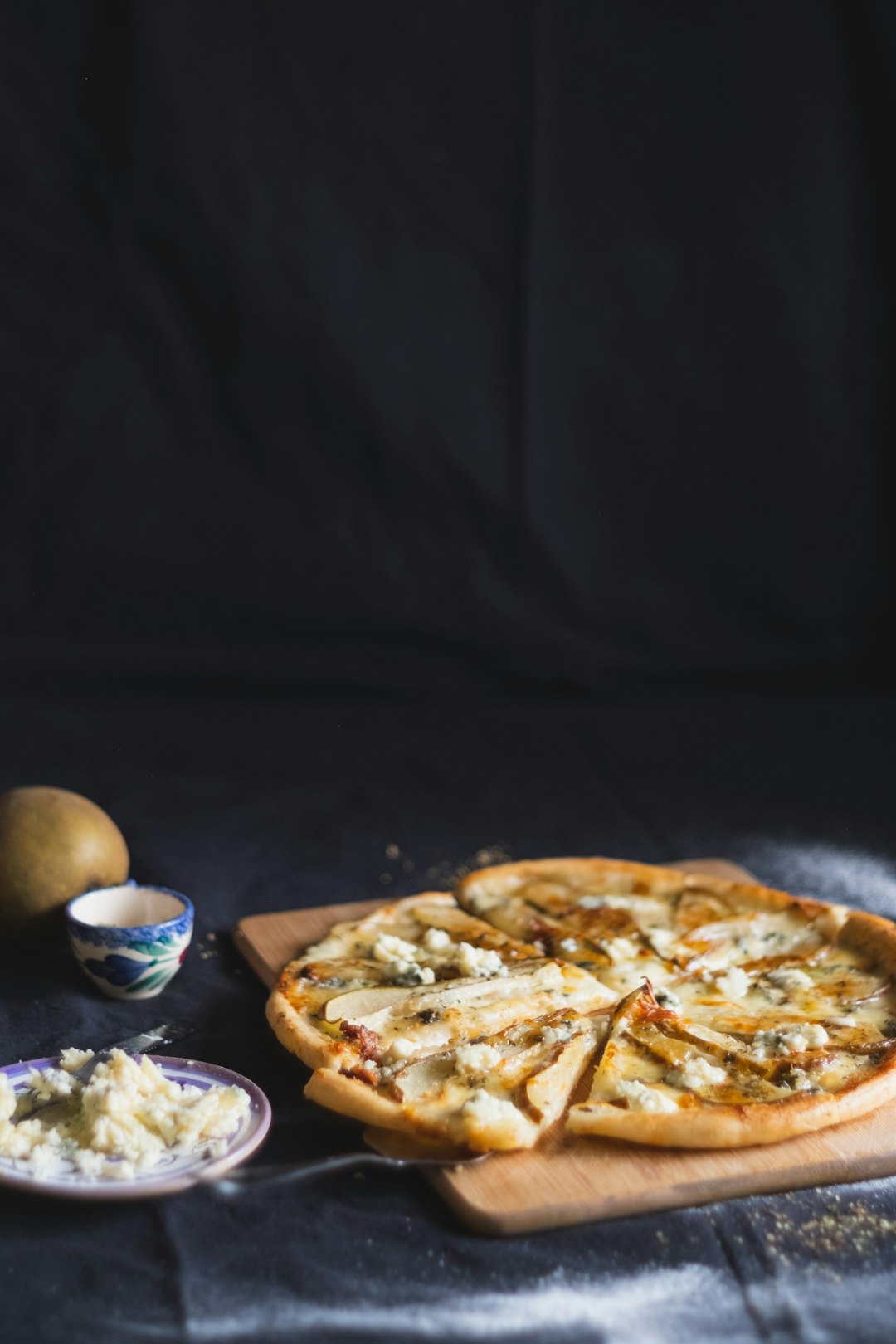
Poached eggs are a breakfast staple that can elevate any meal with their creamy, runny yolks and delicate whites. Whether you're a seasoned chef or a novice in the kitchen, learning how to poach eggs to perfection is a skill that will serve you well. In this guide, we'll explore two popular methods for poaching eggs: on the stovetop and in the microwave. We'll also provide tips and tricks to help you achieve the perfect poached egg every time.
Stovetop Poaching
Stovetop poaching is the traditional method for making poached eggs and allows for greater control over the cooking process. Here's how to do it:
Fill a wide, shallow saucepan with about 2 - 3 inches of water. Add a splash of vinegar (about 1 - 2 teaspoons) to the water. The vinegar helps the egg whites coagulate more quickly and keeps them from spreading too much in the water.
Bring the water to a gentle simmer. You want the water to be bubbling gently, not boiling vigorously. Boiling water can cause the eggs to break apart or cook unevenly.
Crack an egg into a small bowl or ramekin. This makes it easier to slide the egg into the water without breaking the yolk.
Using a slotted spoon, create a gentle whirlpool in the simmering water. This helps the egg white wrap around the yolk as it cooks. Carefully slide the egg from the bowl into the center of the whirlpool.
Let the egg cook for about 3 - 4 minutes for a soft - set yolk. If you prefer a firmer yolk, cook it for an additional 1 - 2 minutes. Use a slotted spoon to remove the poached egg from the water and place it on a plate lined with a paper towel to drain any excess water.
Repeat the process for each additional egg. You can cook multiple eggs at once, but make sure to give them enough space in the pan so they don't stick together.
Microwave Poaching
Microwave poaching is a quick and convenient alternative to stovetop poaching, especially when you're short on time. Here's how to poach an egg in the microwave:
Grease a microwave - safe ramekin or small bowl with cooking spray or a little bit of butter. This prevents the egg from sticking to the dish.
Crack an egg into the greased ramekin. Add about 1 - 2 tablespoons of water to the ramekin. The water helps create steam, which cooks the egg.
Cover the ramekin with a microwave - safe lid or plastic wrap. Make sure to leave a small vent in the cover to allow steam to escape.
Microwave the egg on high for about 30 - 45 seconds. The cooking time may vary depending on the power of your microwave. Check the egg after 30 seconds and continue microwaving in 10 - second intervals until the egg white is set and the yolk is to your desired consistency.
Let the egg sit in the ramekin for a few seconds before removing it. Use a spoon to gently loosen the edges of the egg and transfer it to a plate.
Keep in mind that microwaving eggs can be a bit tricky, as they can overcook quickly. It's important to monitor the cooking process closely and adjust the time as needed.
Tips for Perfect Poached Eggs
Use fresh eggs. Fresh eggs have firmer whites, which are easier to poach and hold their shape better.
Adjust the cooking time. The cooking time for poached eggs can vary depending on the size of the eggs, the temperature of the water, and your personal preference for the yolk consistency. Experiment to find the perfect cooking time for you.
Season the eggs. Once the eggs are poached, sprinkle them with a little salt, pepper, and a dash of paprika or other seasonings for added flavor.
Pair with other ingredients. Poached eggs are delicious on their own, but they also pair well with a variety of other ingredients. Try serving them on toast, with avocado, smoked salmon, or a side of vegetables.
With these tips and techniques, you'll be well on your way to mastering the art of poached eggs. Whether you choose to poach them on the stovetop or in the microwave, you'll be able to enjoy the perfect runny - yolk eggs whenever you want.
